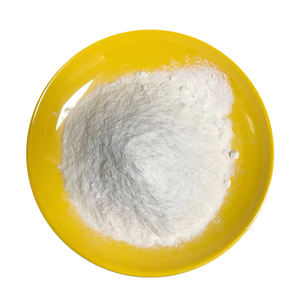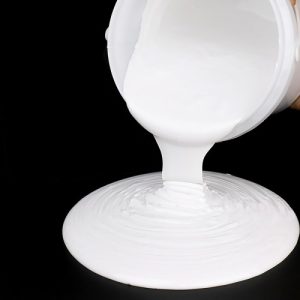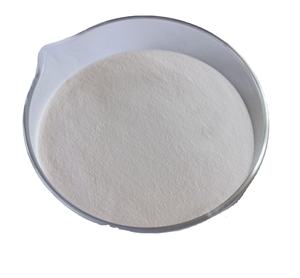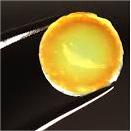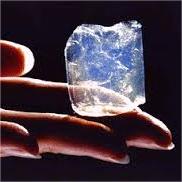Professional industry ceramic supplier, silicon nitride, silicon carbide, aluminum nitride and any other kinds of ceramics.
1. Introduction
In the past 48 hours, global suppliers of advanced ceramics have reported surging demand for high-purity silicon carbide crucibles from semiconductor and metallurgical sectors, driven by supply chain shifts and new clean-energy initiatives. This renewed interest underscores the need for a precise technical comparison between silicon carbide crucibles and competing materials like silicon nitride and zirconia.
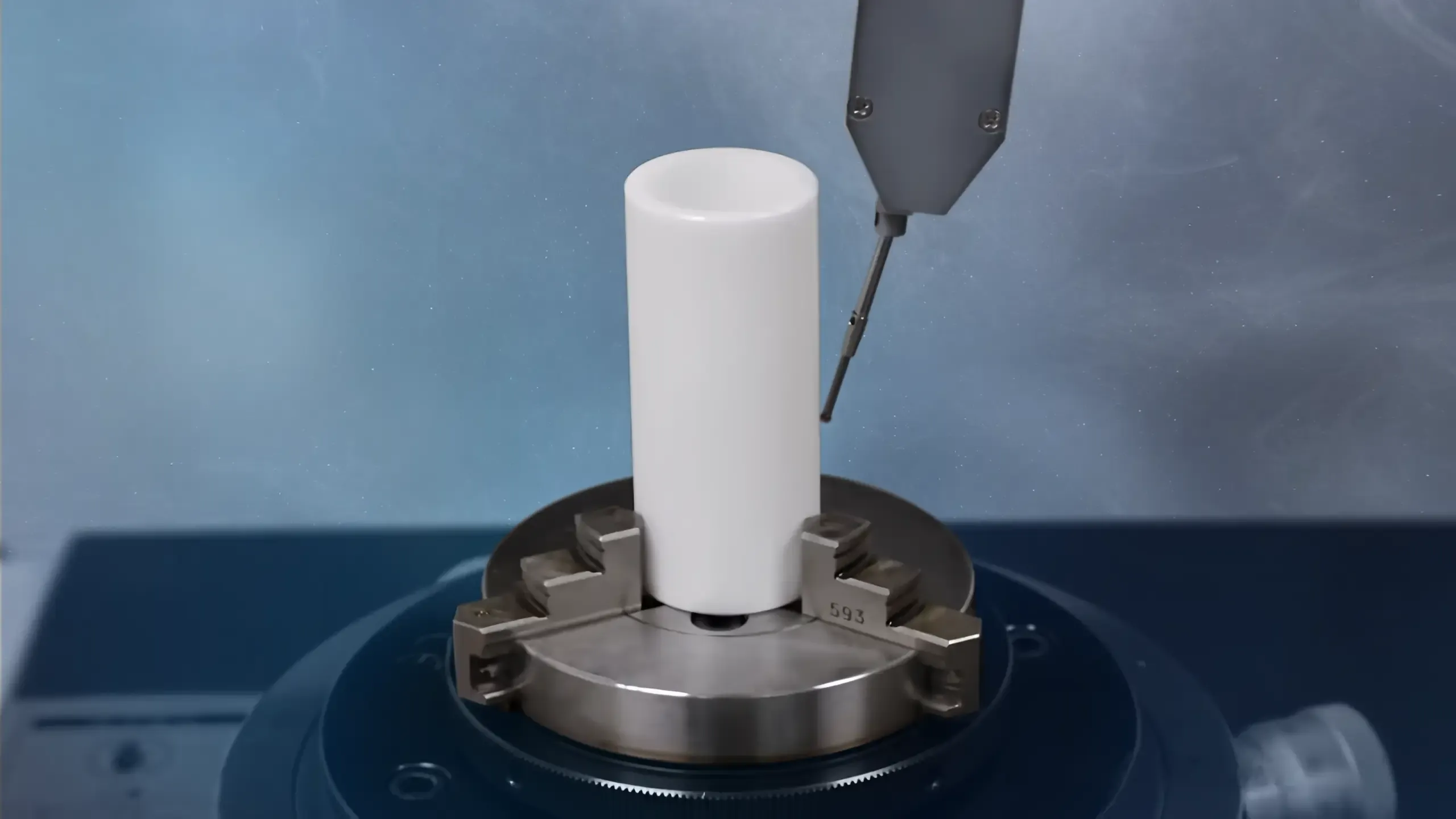
Despite widespread online listings advertising ‘silicon carbide ceramic dinner plates’ or ‘silicon carbide baking dishes,’ these consumer items are typically conventional stoneware or porcelain—often merely colored black to mimic industrial SiC. True silicon carbide is an advanced ceramic engineered for extreme environments, not kitchenware.
2. Material Fundamentals: Silicon Carbide vs. Competing Ceramics
2.1. Silicon Carbide (SiC) Properties
Silicon carbide is a covalent-bonded compound with exceptional hardness (9.5 Mohs), thermal conductivity (~120 W/m·K), and oxidation resistance up to 1600°C. Its low thermal expansion and high modulus make it ideal for crucibles used in melting non-ferrous metals like aluminum, copper, and zinc.
Key forms include reaction-bonded silicon carbide (RBSiC), sintered SiC, and nitride-bonded variants. RBSiC silicon carbide tile blocks and silicon carbide ceramic columns are commonly used in furnace linings due to their structural integrity under thermal cycling.
2.2. Silicon Nitride (Si3N4) Characteristics
Silicon nitride offers superior fracture toughness and thermal shock resistance compared to SiC, though with lower thermal conductivity (~30 W/m·K). It excels in dynamic high-temperature applications such as bearings, turbine blades, and specialized crucibles.
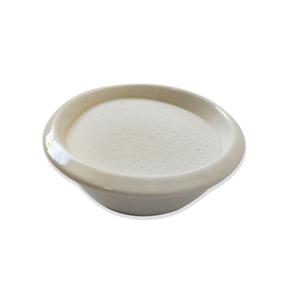
While a silicon nitride crucible factory may produce lab-scale Si3N4 containers for reactive melts, its cost and machining complexity limit broad adoption. Custom silicon nitride heat shields and silicon nitride rings are more common in aerospace and semiconductor equipment.
2.3. Zirconia and Alumina Alternatives
Zirconia crucibles (ZrO2), especially yttria-stabilized variants, provide excellent chemical inertness for reactive melts like titanium but suffer from phase instability below 1000°C. Alumina (Al2O3) crucibles are cost-effective for lower-temperature applications (<1700°C) but lack SiC’s thermal shock resilience.
3. Performance Comparison in Crucible Applications
3.1. Thermal Shock Resistance
Silicon carbide crucibles outperform alumina in rapid heating/cooling cycles due to higher thermal conductivity, which minimizes internal stress. However, silicon nitride surpasses both in scenarios involving sudden quenching.
3.2. Chemical Compatibility
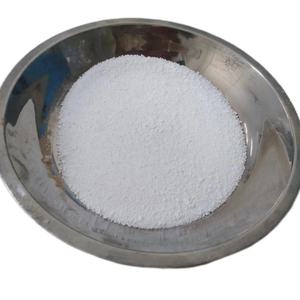
SiC reacts with strong alkalis and oxidizing slags above 1200°C, limiting use in certain foundry environments. In contrast, zirconia crucibles resist acidic and basic slags but can contaminate melts with zirconium. Silicon nitride is vulnerable to hydrolysis in humid atmospheres.
3.3. Mechanical Durability
RBSiC silicon carbide crucibles exhibit high wear resistance, making them suitable for stirring and prolonged use. Boron carbide vs silicon carbide comparisons often highlight B4C’s higher hardness, but its brittleness and cost render it impractical for large crucibles—more suited to armor or nozzles.
4. Misconceptions in Consumer Markets
Numerous e-commerce platforms list products like ‘silicon carbide ceramic baking dish’ or ‘silicon carbide dinner ceramic plates.’ These are marketing misrepresentations. Authentic silicon carbide is opaque, extremely hard, and not food-safe in raw form due to potential free silicon residues.
True ceramic dinnerware—even if labeled ‘advanced ceramic’—is made from alumina, cordierite, or vitrified clay. Items such as ‘silicon carbide ceramic butter dish with lid’ or ‘silicon carbide blue white porcelain plates’ are conventional ceramics with aesthetic finishes, not functional SiC.
5. Industrial Components Beyond Crucibles
Beyond crucibles, silicon carbide is critical in high-wear parts: silicon carbide burner nozzles, silicon carbide brick linings, and silicon carbide thermocouple protection tubes. Silicon carbide ceramic tubes for high-temperature furnaces leverage SiC’s stability in corrosive atmospheres.
Similarly, silicon carbide discs—used as grinding media or in valve components like silicon carbide ceramic disc taps—are valued for abrasion resistance. However, silicon carbide piezoelectric ceramic discs are a misnomer; SiC lacks inherent piezoelectricity, unlike PZT or quartz.
6. Market and Manufacturing Trends
The high purity silicon nitride powder market is expanding alongside EV and 5G infrastructure demands, but silicon carbide remains dominant in refractory applications. Advanced ceramics manufacturing increasingly favors near-net-shape sintering to reduce costs for complex geometries like silicon carbide ring seals or custom furnace plates.
Notably, RBSiC ceramic pillar pricing has stabilized despite raw material volatility, reflecting mature production techniques. Meanwhile, hybrid composites like silicon carbide mullite tube blends offer cost-performance trade-offs for mid-range applications.
7. Conclusion
Silicon carbide crucibles remain unmatched for high-thermal-conductivity, oxidation-resistant melting applications, particularly in non-ferrous metallurgy. While silicon nitride offers better toughness and zirconia superior inertness, SiC’s balance of properties ensures its dominance in industrial crucibles. Consumers should remain skeptical of ‘silicon carbide’ labeled kitchenware, which almost universally refers to conventional ceramics styled to resemble industrial materials.
Our Website founded on October 17, 2012, is a high-tech enterprise committed to the research and development, production, processing, sales and technical services of ceramic relative materials such as Silicon. Our products includes but not limited to Boron Carbide Ceramic Products, Boron Nitride Ceramic Products, Silicon Carbide Ceramic Products, Silicon Nitride Ceramic Products, Zirconium Dioxide Ceramic Products, etc. If you are interested, please feel free to contact us.

